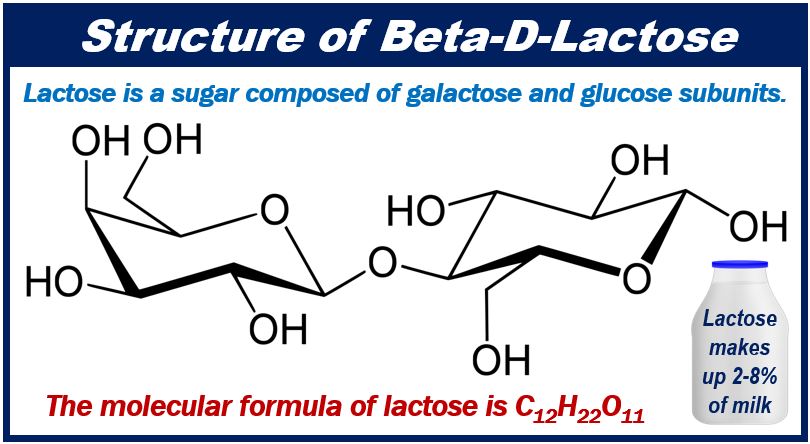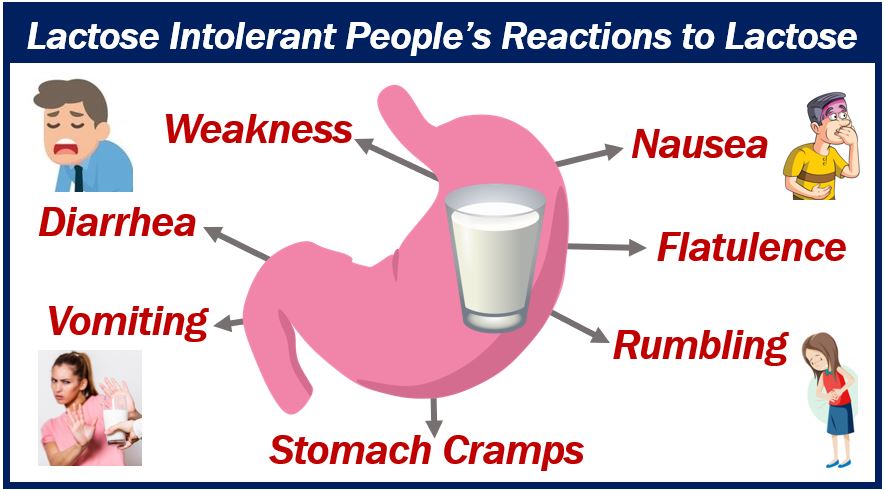If your body doesn’t handle dairy as well as it used to, you could have developed lactose intolerance. While this condition is increasingly becoming a part of the common nutritional vernacular, our general understanding of it is often vague. Whether you’re lactose intolerant, you’re worried about habits in your life potentially leading to lactose intolerance, or you need to plan a meal for someone with lactose intolerance, there are a few facts you should know.

1. It’s More Common Than You Might Think
It’s not exactly uncommon knowledge that lactose intolerance is a pretty common condition, but the sheer scale of it will be surprising to some – particularly those who grew up in countries like the United States or Italy where cheese and other dairy products are a major part of the culinary culture. But the majority of the world population is actually lactose intolerant. Some studies estimate that up to 65% of the people in the world at least have some level of lactose intolerance.
In many parts of the world, lactose intolerance is the norm rather than the exception, and that’s generally reflected in the nature of the cuisine. Whether or not the lactose intolerance developed from a lack of dairy in the diet or vice versa is an open question, but people who are ethnically northern or western European show lactose intolerance rates of merely 5%.

2. You Aren’t Necessarily Born Lactose Intolerant
While lactose intolerance is often categorized as an allergy, it’s actually a little different than that. Lactose intolerance occurs when your body has issues breaking down the enzymes in dairy. Many people who develop lactose intolerance do so over time, and there can be multiple causes for lactose intolerance. Generally, though, it comes down to inefficiency in your kidneys.
And while lactose intolerance can develop much later in life, it typically happens fairly early. It typically develops somewhere between the age of 2 and 12 years old. That said, you can be born with lactose intolerance, although it’s a little less common than the issue developing over time. Thanks to a deformed LCT gene, some babies can’t produce lactose from birth. Fortunately, this form of lactose intolerance is rare, and it can be addressed by using non-dairy-based formula.
3. It’s Not an All or Nothing Thing
If you have a dairy allergy, you don’t have a lot of options. The symptoms of dairy allergies tend to be significantly more dangerous, and consuming dairy can lead to serious long-term effects. By contrast, lactose intolerance can be measured in degrees. Not everyone experiences lactose intolerance in the same ways, and the symptoms can vary wildly from person to person.
For some, lactose intolerance may just lead to flatulence or mild discomfort. For others, lactose intolerance can be a lot more frustrating – leading to diarrhea and severe stomach cramps. For that reason, you should come up with a personal treatment plan. A doctor can help you evaluate your symptoms and figure out what you can and can’t eat.
4. What You’re Allowed to Eat Might Surprise You
Being lactose intolerant doesn’t mean that you aren’t prohibited from eating all dairy. Hard aged cheeses have a very low level of lactose in them, and that means that all but those with the most severe symptoms should be able to consume them. Yogurt is also a good alternative for people with lactose intolerance since it is made from lactose.
Conversely, there are many products that have lactose which you might have not considered. This can include cereals, candies, and even baked goods. Keep an eye out for whey and curds as ingredients, and try to stay away from processed foods if your lactose intolerance is especially bad.
5. It Can be Managed
Just because lactose intolerance forces you to adjust your diet doesn’t mean that it has to be prohibited. There are plenty of dairy alternatives on the market, with soy and almond milk being two of the most prominent. You can also slowly try to integrate dairy into your diet to stimulate its lactose production. In any case, moderation is the best policy.
Even if you do cut lactose out of your diet, you’ll still need to find ways to keep your nutrition balanced. Dairy is the main source of calcium and vitamin D in the diets of many people, and supplements like fatty15 can bolster both without making you feel uncomfortable.
Interesting related article: “Your Ultimate Guide on Organic Goat Milk Formula for Babies.”

